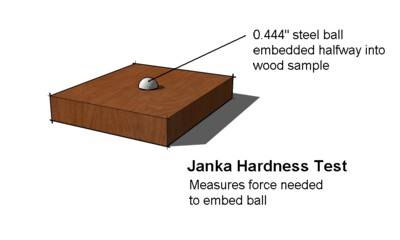
Makore / African Cherry // Mimusops heckelii
Take delight in knowing it's also called "African cherry" for its smooth, fine grain colored with medium brown and a kiss of red tones. The wood gets a little darker with age and maintains the luxurious reddish hints, much like mahogany does.Color Range
Reddish-brown to maroonOther Names
Aganokwe, Baku, MakoreSome Typical Uses
Furniture, cabinets, interior millwork, exterior aplications, high end furniture, art pieces, veneer, interior panels, airplane cabinetry.What's the Tree Like?
A very large tree. May reach a height of 180-200 feet with trunk diameters often over 48" and sometimes up to 120". Boles are straight, cylindrical and may be free of branches for 100 feet.Makore / African Cherry grows in Africa




